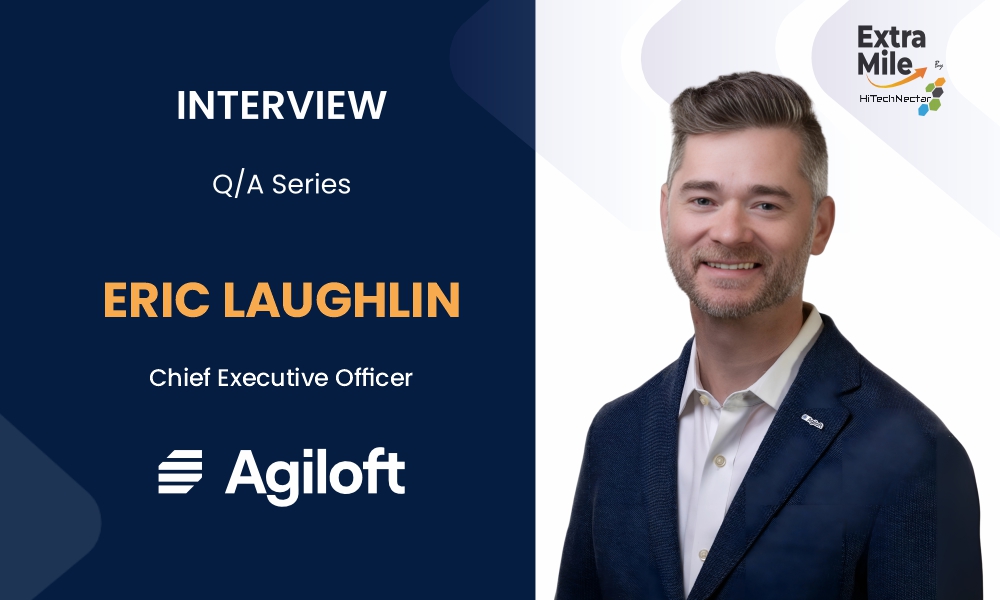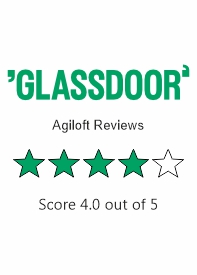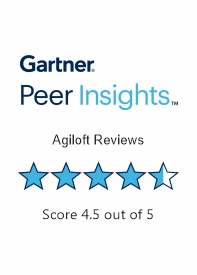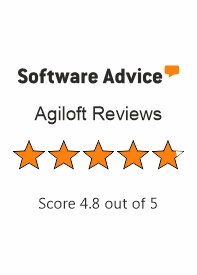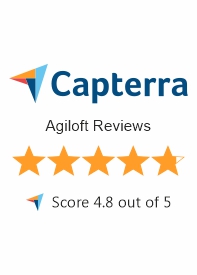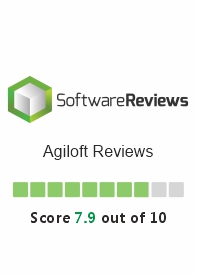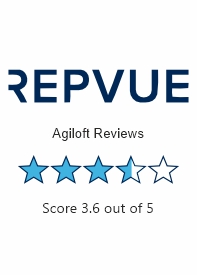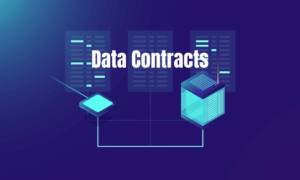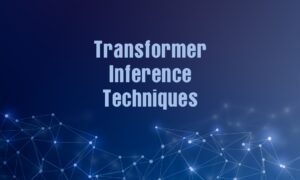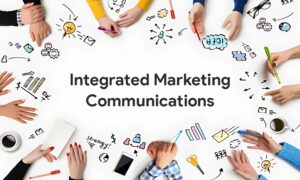ExtraMile by HiTechNectar is a pioneering interview series featuring industry leaders and experts who are setting norms in tech and business. Here, we exclusively discuss the key tech trends and practices that are innovating diverse industries.
In today’s Q&A session, we are accompanied by Eric Laughlin, the Chief Executive Officer of the leading data-first contract lifecycle management (CLM) solution provider, Agiloft. The firm has a 99.6% implementation success rate of CLM integration, for which it is one of the most trusted providers for businesses, while optimizing contract data in their processes.
Eric, with a vast experience across legal software and tech-enabled services, has been contributing to Agiloft’s success for over five years. In the discussions, we will explore his professional journey, how Agiloft is overcoming CLM challenges, the contribution of AI in redefining legal workflows, the myth of simple CLM, and more.
Welcome, Eric, it’s great to have you with us today!
Q1. With over two decades of experience, you have led multiple companies. Looking back, how do you think diverse experiences have shaped your leadership approach?
Eric. I’ve had the privilege of working across a spectrum of company types—from startups to global corporations—and each experience has shaped my approach to leadership. Early in my career, I was thrown into the deep end, going from managing a small team of eight to leading 1,500 people virtually overnight. That forced a rapid evolution from relying on technical skills to developing people skills—things like coaching, empathy, and culture-building. But perhaps the most formative experience came even earlier: growing up in a family business. Watching my parents build something where everyone truly cared about each other and the work gave me a vision for what a strong, supportive culture looks like. That’s what I try to replicate today at Agiloft—scaling a business with the heart of a family-run operation.
Q2. According to you, what does scale ‘like a family business’ mean? Why do you prioritize company culture and not contracts?
Eric. Scaling like a family business means growing with intention. It’s about maintaining a culture of care, accountability, and support even as the company gets bigger. At Agiloft, we talk a lot about support—not just for our customers, but for our employees and their lives and careers. That emphasis on culture isn’t just sentimental; it’s strategic. A great culture empowers people to perform better, which leads to better experiences for our customers. That’s why I often say I’m more comfortable talking about culture than contracts—because I believe the former is what ultimately drives sustainable success.
Q3. Most contract lifecycle management (CLM) tools fail to connect contracts to business value. What are some possible reasons for this, and how is Agiloft turning “contract data” into a first-class business asset?
Eric. Many CLM tools focus on workflow and document management, not on unlocking the value within the contract itself. As a result, critical contract data remains hidden in PDFs and Word docs—untapped and disconnected from broader business systems. At Agiloft, we take a data-first approach. We treat contracts as the connective tissue of commerce—essentially the DNA of business relationships. Our platform doesn’t just manage documents; it extracts, connects, and activates the data within contracts to reduce leakage, eliminate inconsistencies, and drive smarter decisions. We help turn a buried asset into a strategic advantage.
Q4. How can AI and community standards reshape legal workflows? Do you think the next generation of lawyers might look more like content creators? If yes, then why?
Eric. Absolutely. We’re entering an era where lawyers and legal professionals won’t just interpret law—they’ll create and share knowledge at scale. At Agiloft, we’re pioneering a model where legal experts can contribute “community standards” for contracts—playbooks, checklists, and negotiation benchmarks that others can adopt or customize. This crowdsourced approach democratizes legal knowledge and introduces a creator-like dynamic. Much like digital creators on social media, these legal professionals can gain visibility, credibility, and potentially even monetization opportunities. It’s a radical shift, but one that could make legal work faster, more transparent, and more inclusive.
Q5. Agiloft has recently launched AI on the Inside™. What are the key goals of this advancement, and how do you think it will enhance CLM practices?
Eric. AI on the Inside™ is about embedding intelligence deeply and seamlessly throughout the CLM workflow. Rather than bolting AI on as a feature, we’re integrating it into the DNA of our platform—helping organizations automate review, identify risk, and accelerate negotiations from within their core processes. The goal is not just to adopt AI, but to do it in a way that’s customizable, practical, and valuable for each customer. We’re even launching innovation workshops so our customers can help guide where AI can bring the most value for them. This kind of collaboration helps ensure the AI we build actually solves real problems.
Q6. Do you think “simple” CLM is a myth? How can flexibility be helpful in this regard, future-proofing business operations?
Eric. “Simple” CLM sounds appealing—but it’s often oversimplified to the point of becoming a liability. Contracts don’t (and shouldn’t!) live in a vacuum—they evolve as the business does. That means your CLM needs to flex and adapt as policies, regulations, and strategies change. Agiloft’s platform is built for that flexibility. We help businesses make contracting part of their data strategy so they can respond quickly and accurately to change. It’s not just about being agile—it’s about making sure your contracts reflect the current reality of your business, not the one you had when you first went live.
Q7. What is the importance of a data-first approach in CLM? What are the best practices of appropriate data utilization for organizational benefits?
Eric. A data-first approach is essential because it turns contracts from static documents into dynamic assets. The best practices start with structuring your contract data—making sure it’s extractable, searchable, and connected to business systems. From there, it’s about driving insights: understanding obligations, pinpointing risks, identifying opportunities. At Agiloft, we’re seeing customers use contract data to inform procurement strategies, ensure compliance, and even shape revenue forecasts. But the common thread is this: when you treat contract data as enterprise data, it becomes a lever for performance, not just a legal necessity.
Q8. How do you envision the future of CLM practices? What changes can we expect in the near future that will reshape the industry?
Eric. The future of CLM is both smarter and more connected. We’ll see increasing automation, yes—but also more standardization and collaboration across the contracting process. AI will play a key role, especially as we get closer to automated negotiation. But to get there, we need standards—clear, data-driven frameworks for what’s acceptable and what’s not. That’s what we’re building with Agiloft, specifically through our recent acquisition of Screens: a way to move from playbooks and clause libraries to shared, community-driven standards. The result? Faster, more consistent contracts and a shift from legal as a bottleneck to legal as a business enabler.
Explore Our Other Insightful Interviews:
